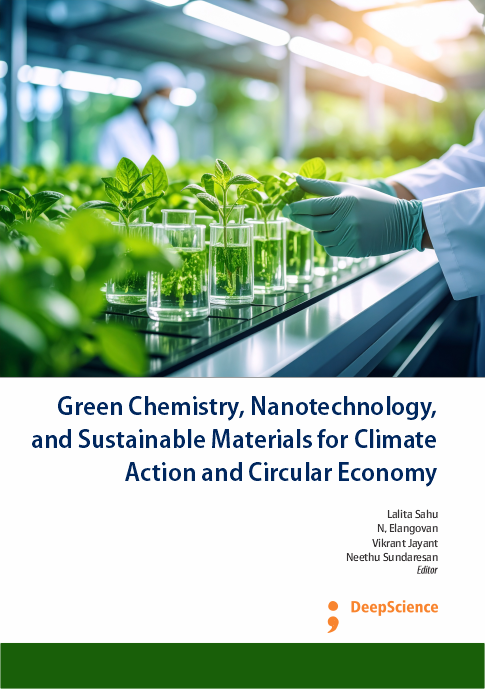Biodiversity Conservation and Ecosystem Restoration: Integrating Science and Policy Perspectives
Synopsis
Biodiversity conservation and ecosystem restoration are fundamental to sustaining environmental stability, human well-being, and global development goals. Biodiversity underpins ecosystem functions such as nutrient cycling, climate regulation, and food and water security, while also holding cultural and economic significance for communities. However, biodiversity and ecosystems face unprecedented threats from habitat loss, climate change, pollution, invasive species, and unsustainable land-use practices. This paper reviews the ecological, socioeconomic, and policy dimensions of biodiversity conservation, outlines the major challenges confronting ecosystems, and highlights effective restoration strategies such as reforestation, wetland rehabilitation, and community-based conservation. It examines the role of policy frameworks, including international agreements and national biodiversity strategies, and emphasizes the contributions of Indigenous Peoples, local communities, and NGOs in implementing context-appropriate interventions. Successful case studies, technological innovations such as GIS and biotechnology, and adaptive management approaches illustrate pathways toward recovery and resilience. The study concludes with future directions for strengthening science-policy integration, promoting inclusiveness, and scaling effective practices to ensure long-term biodiversity and ecosystem sustainability.













